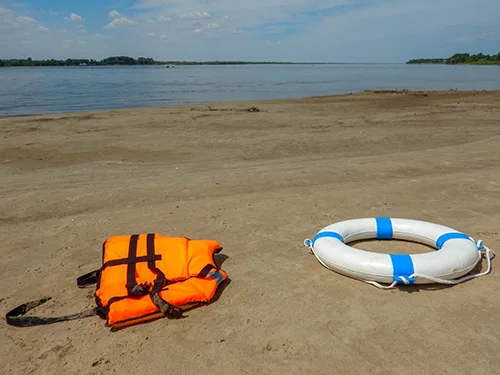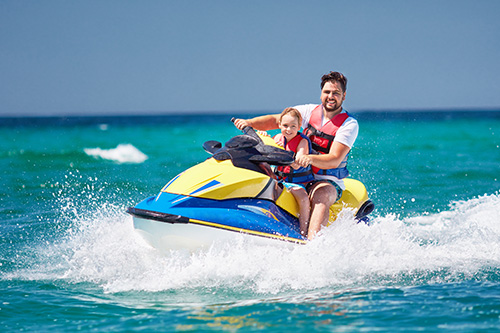
Traditional Pets
When you hear the word ‘pet,’ you probably think of cats and dogs. You may even consider birds and fish. More traditional pets are ones that have been domesticated to live as pets. They are usually bred in captivity and haven’t lived in the wild for generations.
Over the course of history, pets were domesticated because of a few key factors:
- They grow and mature quickly, making them efficient to raise
- There are multiple periods of fertility within a year, making them efficient to breed
- Plant-based diets make them easy to feed
- They adapt easily to new environments and changes
Cats as pets. Cats are wonderful companions because of their easy-going nature and low-maintenance care. Plus, they are playful and curious, so they can be very entertaining pets.
Cats can be mixed-breed or purebred, and you can choose a cat based on its characteristics, behavioral traits, and fur patterns. They can be trained to use a litter box inside.
Dogs as pets. Dogs bond with their owners and make excellent companions. While they are more high-maintenance than cats, they are also easier to train in general.
Dogs don’t traditionally use litter boxes like cats do, so you’ll have to invest time in training your pet dog to use the bathroom outside. Be available over the course of your day to let your dog out for bathroom breaks and activities.
Types of Exotic Pets
There is no definitive way to identify an animal as “exotic” when it comes to pets. Traditionally, exotic pets were considered wild animals taken into captivity. However, the definition has expanded to include any animal not bred to be domesticated and live in homes.
Many states have laws outlining species considered to be exotic. Some breeds of pets are illegal to keep, so check your local and state laws before adopting an exotic animal. These laws are designed to protect exotic animals since they require specialized care. Some types of exotic pets include:
Amphibians: Species that make good pets include African Clawed Frogs, Dwarf Clawed Frogs, Fire Bellied Toads, and Northern Leopard Frogs.
Birds: Many birds like finches and cockatiels are domesticated, but others are considered exotic, including African greys, Amazons, Canary Wing Bee Bees, Cockatoos, and Lories.
Insects and arachnids: Breeds most frequently adopted include hissing cockroaches, praying mantis, tarantulas, and scorpions.
Reptiles: Species include Anoles, Bearded Dragons, Burmese Pythons, Ornate Box Turtles, and Chinese Water Dragons
Rodents: While some of these pets may seem to be common, they are still considered exotic. Many families adopt chinchillas, mice, gerbils, prairie dogs, ferrets, and rats.
Need pet insurance? Contact Lallis & Higgins Insurance.
Source: webmd.com





